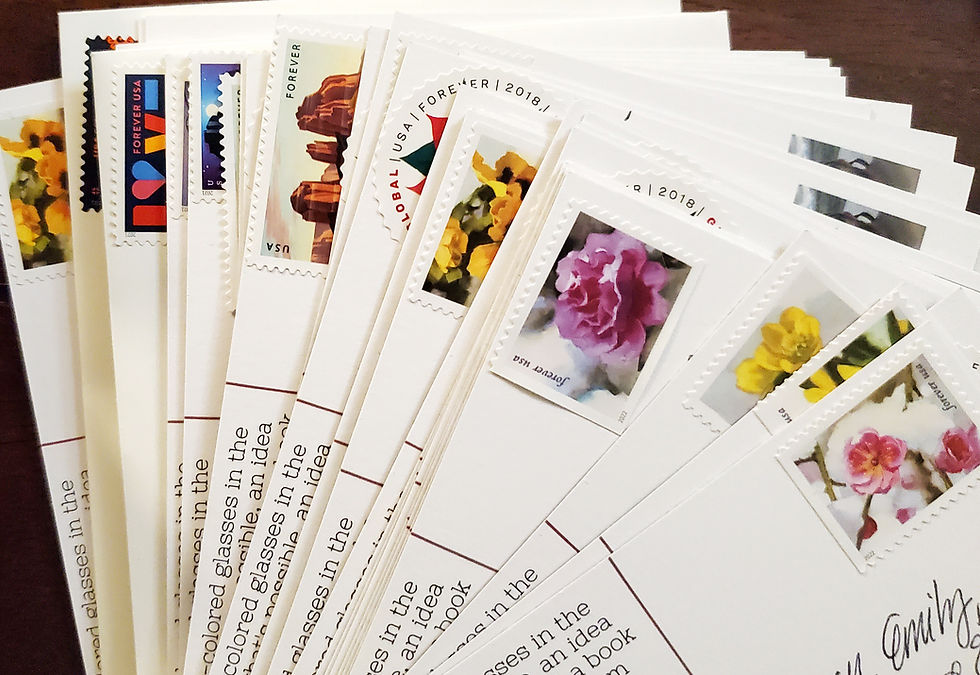3 reasons why we should tell stories about scientists, not just science.
- bethann29
- Jun 17, 2014
- 2 min read
Updated: May 30, 2024

1. Human details tangibly bring a story to life
Being able to relate to a researcher is key to having an interest in what that person researches. When a science story includes the scientist, a reader can hope for a quirky anecdote, a personal revelation that is highly intriguing, or even a zany description of the scientist’s physical attributes.
Story elements such as these, focused on a real live human with hopes, fears, and curiosity, are precisely what makes science so interesting. See this and this for more on this subject from scientists who talk about their own work.
2. Getting to know scientists is one of the perks of communicating about science.
I deeply enjoy delving beneath the professional veneer of a scientist. It is a treasure hunt; the objective being to reveal the humanity and motivations that inspire individuals to spend most of their lives searching for the answers to life’s persistent questions by studying things as minute as genes and as complicated as statistics.
That’s why, when I have the chance, I focus the whole story on the scientist.
3. Sometimes, focusing on the scientist pays off.
A couple of weeks ago, an article series I did on caribou researchers won second prize for Best Investigative or In-Depth Reporting at the annual Quebec Community Newspaper Association awards ceremony. Perhaps better than the award itself was what the judge had to say about the angle I chose.
Andy Riga, a judge from The Gazette in Montreal wrote: “This series stood out because it not only looked at scientific study but also painted a picture of the researchers behind the science.”
What about that winning series?
The Conserving Quebec’s Caribou series came to life at a potluck, where I was speaking with Chrystel, now a PhD student at Université Laval (Quebec City, Quebec). It turns out Chrystel’s fiancée Alex is also a caribou researcher, although they study different questions in different herds.
During the interview process, what struck me was how differently Chrystel and Alex thought about their work, their study species, and the issues that influence them.
Alex has been deeply interested in caribou for most of his life, while Chrystel had never thought much about them before starting her graduate degree.
The differences don’t end there.
Chrystel’s work focuses on conserving animals heavily impacted by forestry, so there are a lot of associated factors (economic, environmental, etc.) that come into play. On the other hand, Alex’s work is much more focused on the question of viable hunting management, and the stakes are high – First Nations rights and traditions, highly valuable outfitting businesses, etc.
In both cases, it would have been easy to overlook the humanity of these researchers in favour of focusing on the debate, money, etc. Comparing and contrasting their approaches as people doing science wasn’t something a journalist had ever asked of them.
To the best of our knowledge, this was an exclusive “behind the scenes” look at scientists whose research is being used to determine the future of Quebec’s caribou.
Read the series:
This is the end of this post. If you see a prompt to subscribe, you're welcome to do so! Your paid subscription helps me allocate time to the resources I share here.





Comments